If you live pretty much anywhere on the east coast of the country above South Carolina, you are probably experiencing some snow today. In southeastern Virginia, we started getting snow yesterday afternoon and through the night. And if there’s anything that below freezing temperatures and a few inches of snow makes you want, it’s soup. A certain soup company has made like a zillion dollar or something on this concept. Ehhh?
So last night I got the soup pot fired up, but unlike this creepy snowman kid, I did not turn to the standard snow day soup . . .
Move over, Chicken Noodle – there’s a new soup in town!
Ham & Cabbage Soup
Ingredients:
- 6 cups of chicken broth (I used my homemade crockpot chicken broth)
- 1 onion, diced
- 5-6 medium carrots, diced
- 1 small head of cabbage, chopped
- 1/2 cup of pearled barley
- 1/2 – 1 lb ham, diced
- 1 tsp garlic powder
- 1 tbs dried parsley
- salt and pepper to taste
Method:
- Add all the ingredients to a large, heavy stockpot, bring it to a boil, then reduce to low and simmer for 1.5 hours. Soup is ready when carrots and cabbage are tender and barley has fluffed and cooked through.
A quick note about the ham. You can use any kind of ham you want here – I made this soup because I had a little less than a pound of Honeybaked Ham (on the bone) left over from a brunch. I usually make this soup with a salted, country style ham to give the soup the saltiness I like. But if you prefer sweet ham and don’t need or want your soup to be salty, then use that. Another note that the cabbage, carrots and onions came from our Winter CSA that we are getting from Cullipher Farm. Yes, there is fresh, local produce available in the winter! In addition to those ingredients we also got potatoes, kale, turnips and collards in our box last week.
This soup is very filling thanks to the barley. Barley is a whole grain that is high in fiber, which means it helps with digestion, can lower cholesterol, keep blood pressure low and reduce the risk of type 2 diabetes. Barley is more effective at all of these things than whole oats, so it’s a good substitute every once in awhile. For those with diabetes, pearled barley has the lowest glycemic index of all the common cereal grains (such as wheat, rye, oats, etc). This means that even though it is a carbohydrate, it won’t raise your blood sugar as much as other carbs. It’s glycemic index (when boiled) is 35.
Additionally, carrots, cabbage and onions provide a wide variety of nutrients from Vitamins K and C to powerful antioxidants that protect our bodies against a host of things, including cancer. So while chicken noodle soup might ward off a cold, this soup is fighting cancer. And with high fiber barley rather than high-glycemic noodles, to boot. So make a bowl and sit back and enjoy the snow.


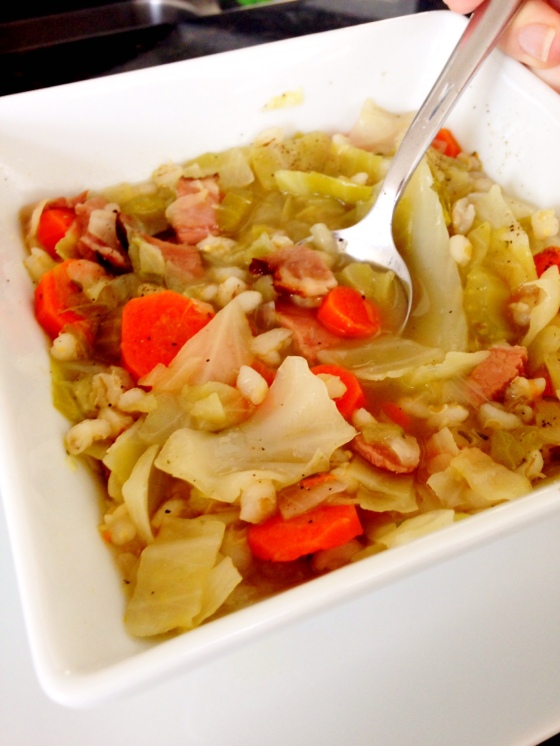
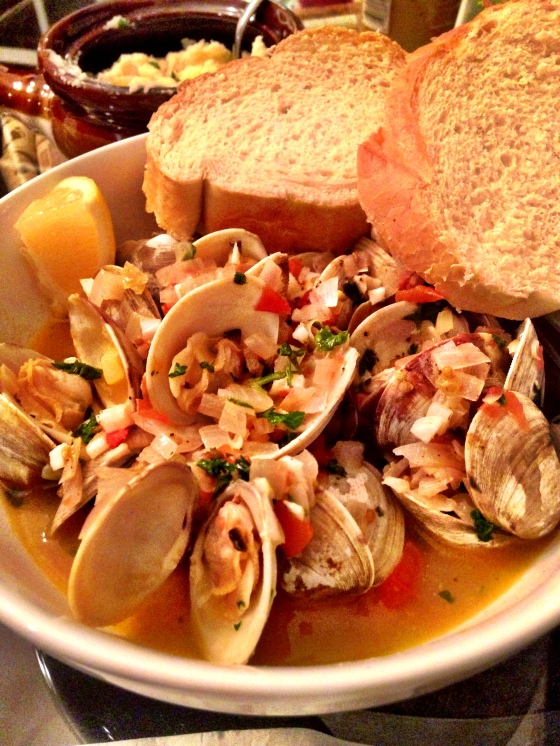
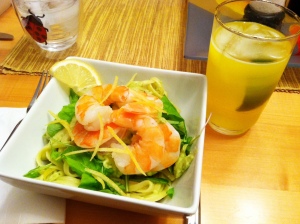
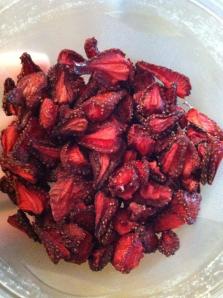
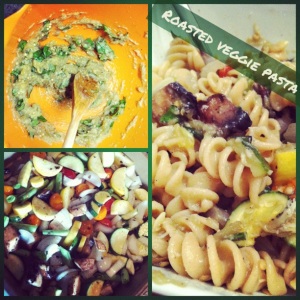
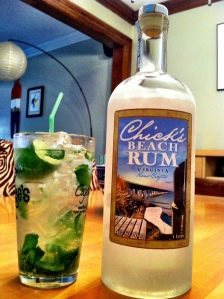
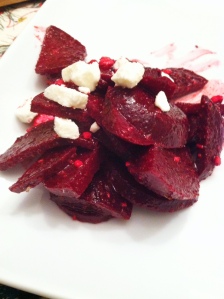
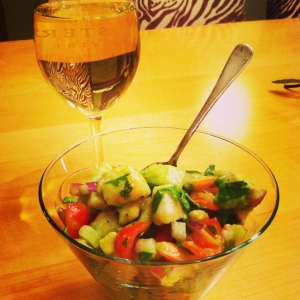




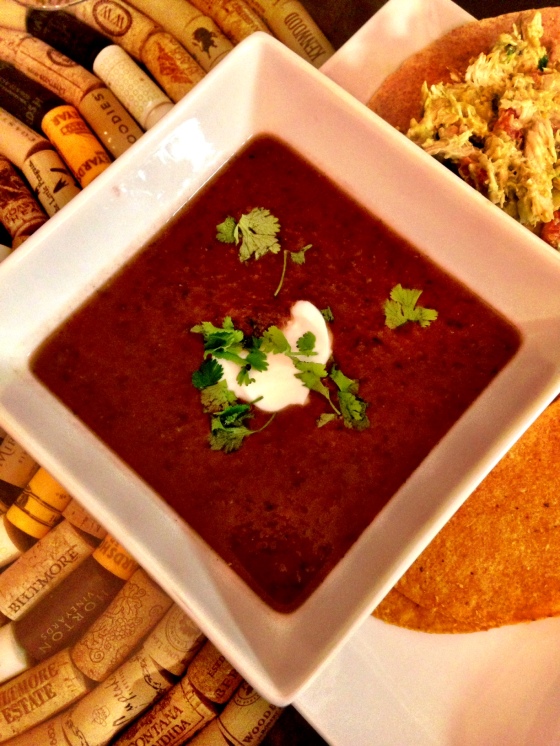







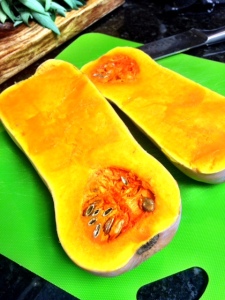
 little lemon zest and saute until soft. Add in one cup of quinoa (or Arborio rice) and toast the quinoa until it starts to brown. Pour in half a cup of chicken broth and use this to deglaze the pan, and stir until it is absorbed. Continue to add half a cup of broth at a time, stirring until absorbed until you’ve reached the consistency you want. You’ll likely use less liquid than you would with a true risotto. I used about two cups of broth to one cup of quinoa. It will take about 15-20 minutes to get the quinoa cooked through. You know when quinoa is cooked because the grain sort of pops open. It’s impossible to describe, but immediately obvious when it happens. When the risotto is close to being done, within the last few minutes, add the juice of half a lemon and a large spoonful of the pesto and stir in.
little lemon zest and saute until soft. Add in one cup of quinoa (or Arborio rice) and toast the quinoa until it starts to brown. Pour in half a cup of chicken broth and use this to deglaze the pan, and stir until it is absorbed. Continue to add half a cup of broth at a time, stirring until absorbed until you’ve reached the consistency you want. You’ll likely use less liquid than you would with a true risotto. I used about two cups of broth to one cup of quinoa. It will take about 15-20 minutes to get the quinoa cooked through. You know when quinoa is cooked because the grain sort of pops open. It’s impossible to describe, but immediately obvious when it happens. When the risotto is close to being done, within the last few minutes, add the juice of half a lemon and a large spoonful of the pesto and stir in.

